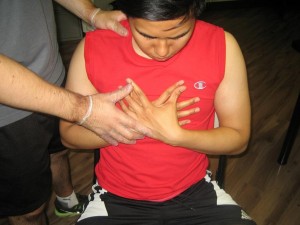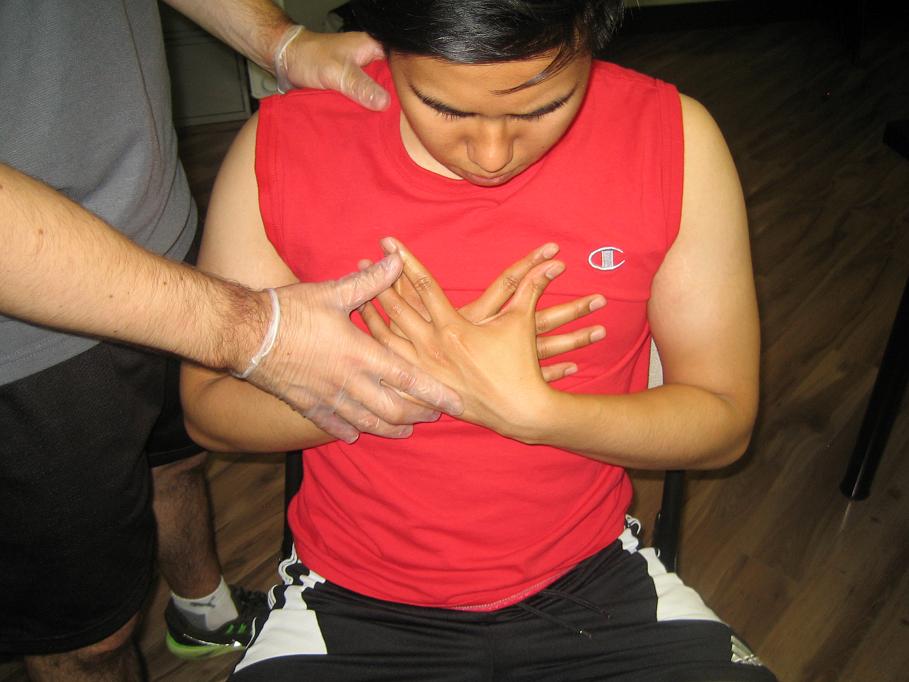A poison is any substance that causes injury to the body due to its chemical action. It can be ingested, inhaled, absorbed, applied to the skin, or produced within the body in small amount. Learning how to respond to poisoning can help save lives as the condition can result in a fatal death under some serious circumstances.
Ingested or swallowed poison
Any intake of a poison is considered to be a medical emergency. All suspected and evident poisoning should be reported immediately in your local poison control center to be able to ask for help. Immediate help should be sought because the goal of the treatment is to remove or inactivate the poison before it is absorbed and be distributed to different vital organs.
Here’s what to do for ingested poisons:
(1) Ask for help.
(2) Remove remaining poison in the patient’s mouth.
(3) Position the patient on the side with head down to prevent aspiration if vomiting occurs.
(4) Determine what product was taken, the amount, and the time lasted since the ingestion. Bring the poison or pill bottles in the hospital.
(5) If the patient is not breathing, start CPR and rescue breathing.
(6) Support the patient who is having seizures.
(7) For corrosive poisons such as toilet bowl cleaners, bleach, detergents, battery acids, etc., give water (or milk) to drink for dilution for conscious patients. Never attempt dilution for patients who have evidence of esophageal, gastric, or intestinal perforation. Never induce vomiting in patients who have taken in strong corrosive substances.
Inhaled poison
Carbon monoxide poisoning is the most common form of inhaled poison. Gasoline and paint thinners can also cause inhaled poisoning.
(1) Call emergency number.
(2) Get the patient to fresh air immediately. Open the doors and windows for close areas.
(3) For conscious persons, keep the patient relaxed as much as possible.
(4) Loosen all tight clothing including belts, button shirts, brassieres for females, etc.
(5) Prevent the patient from chilling by wrapping in warm blankets.
(6) Resuscitate the patient if necessary.
Skin contamination poisoning
(1) Wash the skin with running water for a prolonged period of time.
(2) Remove the clothing while continuously drenching the skin with running water.
(3) Avoid contact of exposed skin and clothing with mucous membranes such as the eyes and mouth. First aid providers should protect themselves from being contaminated, especially if the agent is relatively toxic.
(4) Have patient seen by a primary care physician for reassessment.
(5) If the agent is severely toxic, bring the patient to a health institution to be treated for burns
Injected poison from stinging insects

Insects belonging to the species Hymenoptera (bees, hornets, yellow jackets, and wasps) usually have venoms that may cause extreme sensitivity. Their stings may cause anaphylaxis, a severe allergic reaction. Clinical signs and symptoms include generalized urticaria, itching, malaise, bronchospasm, and shock.
(1) Bring the patient immediately to a nearest health facility for epinephrine administration.
(2) If the sting is on an extremity, apply a tourniquet enough to occlude venous and lymphatic flow.
(3) Cleanse the area with soapy water and put ice.
(4) Remove the stinger using your fingernail. Scrape it quickly, avoiding to squeeze the venom sac to prevent injecting additional venom.
(5) Resuscitate if necessary.
References:
American Red Cross. Poisoning First Aid. Retrieved on June 26, 2014 from http://www.redcross.org/prepare/disaster/poisoning.

